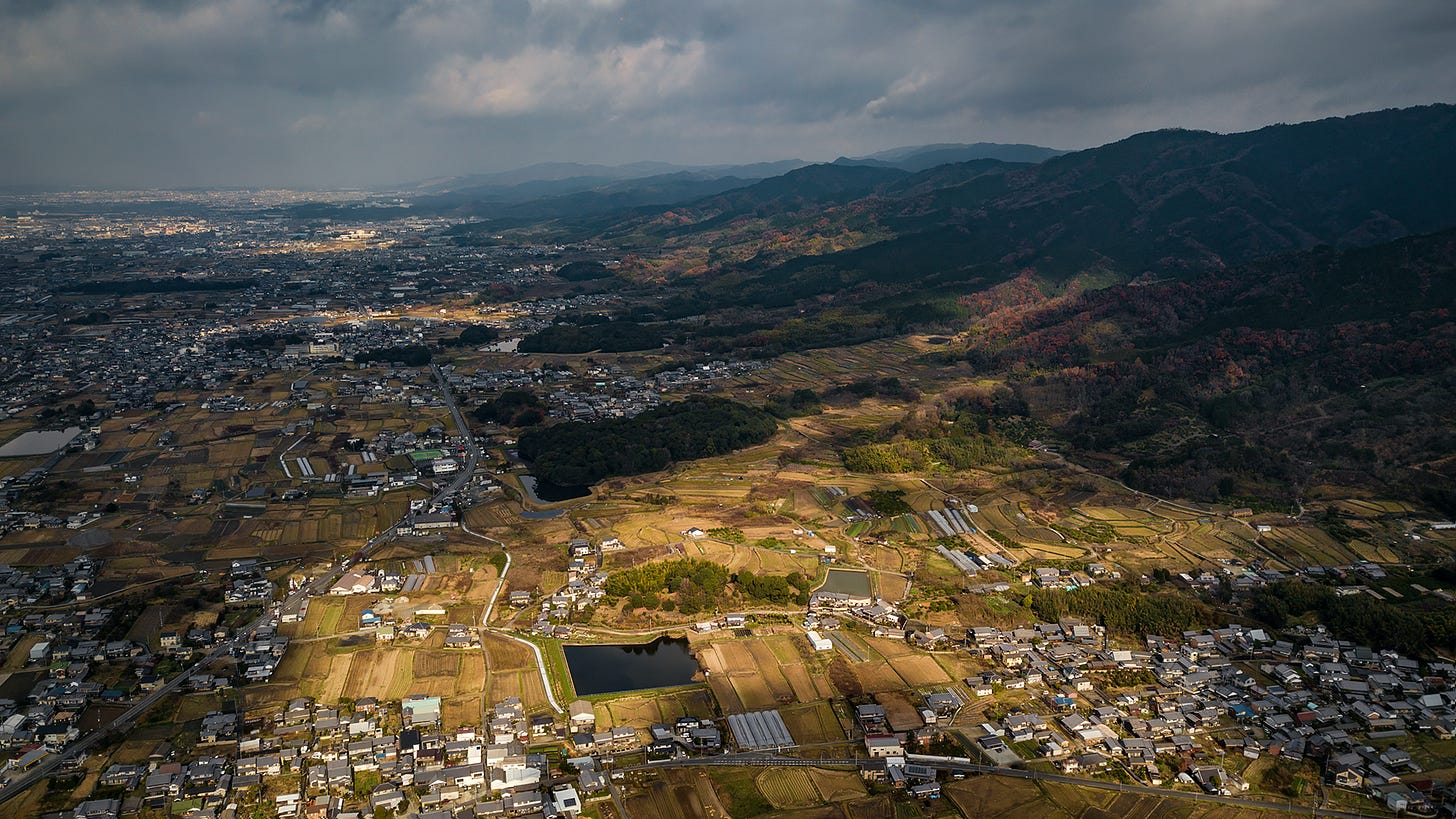The most crucial symbols for the legitimacy of the emperor are the “Sanshu-no-Jingi” (三種の神器, Three Imperial Regalia). However, historical accounts from descendants of ancient clans suggest these regalia might not have originally consisted of the currently recognized trio—the “Yata-no-Kagami” (八咫鏡), the “Kusanagi-no-Tsurugi” (草薙剣), and the “Yasakani-no-Magatama” (八尺瓊勾玉). Previously, I mentioned how the Inbe clan (忌部氏), an ancient family responsible for significant imperial rites, gradually lost their power within the imperial court due to the rise of the Fujiwara clan, whose roots trace back to the Nakatomi clan (中臣氏), also tasked with performing sacred rites, leading eventually to their disappearance from history.
In this context, Inbe no Hironari (斎部広成), a descendant of the Inbe clan, compiled and presented ancient traditions related to his lineage at the behest of Emperor Heizei (平城天皇, reigned 806–809), who sought to check the Fujiwara clan’s growing influence during the early Heian period—a time effectively dominated by the Fujiwara. Over 80 years old at the time, Hironari submitted this compilation titled the “Kogo Shūi” (古語拾遺, 807). According to this text, imperial legitimacy originally relied on only two regalia, excluding the Yasakani-no-Magatama, which is described as having possibly been later offered as evidence of submission from another tribe or clan.
The account I share today is based on writings left by descendants of a clan even older than the Inbe. This document claims that prior to the establishment of the Sanshu-no-Jingi, a distinctly different entity held power in Yamato (大和), asserting legitimacy through entirely different sacred regalia. The clan responsible for these writings was the Mononobe clan (物部氏), one of the most historically significant families of ancient Japan. To grasp the role played by the Mononobe, however, we must adopt a broader perspective that has seldom been considered before.



